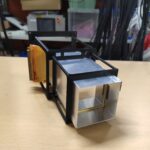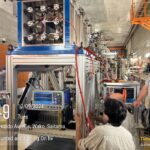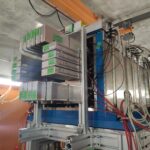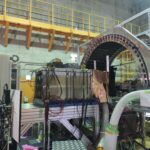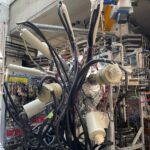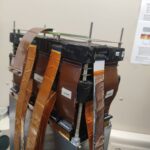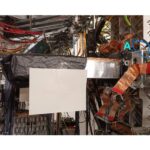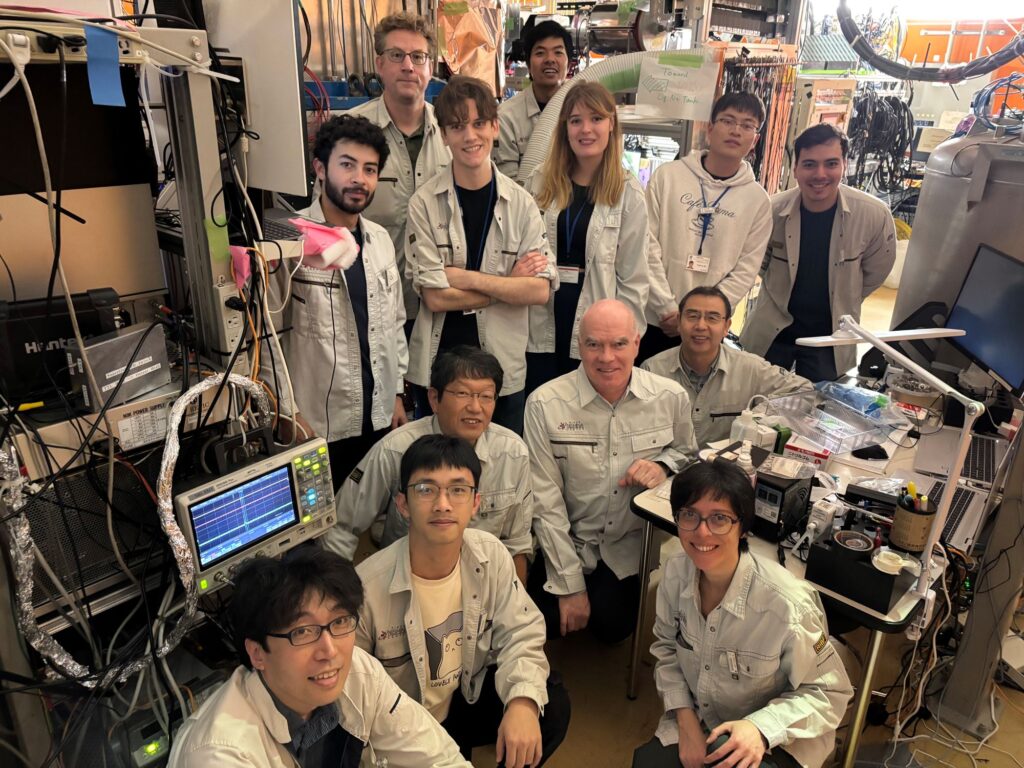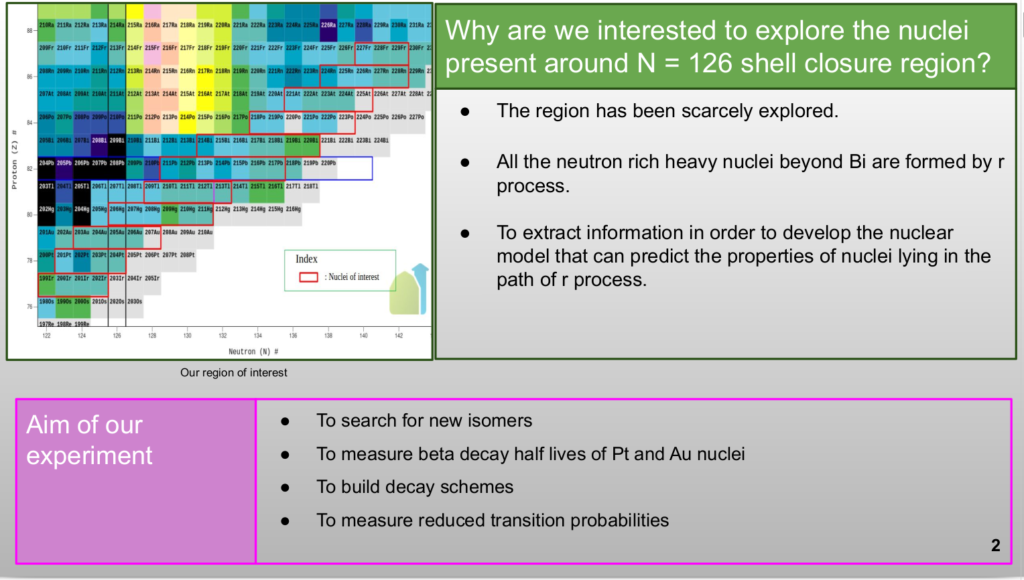The Project
How were the actinides created in nature? The genesis of the chemical elements in the universe is one of the most relevant questions of modern Science. Of the two main nucleosynthesis mechanisms synthesizing nuclei beyond Fe, only the rapid neutron-capture process (also called r process) is able to create highly unstable nuclei near the neutron-drip line, reach the trans-bismuth fissile elements and produce the nuclear cosmo-chronometers 238U and 232Th. The later, of great interest to measure the age of stars or identify r-process events, are expected to be very sensitive to the β-decay properties of nuclei beyond the third r-process peak. While significant progress has been made in the last decade in measuring β-decay properties of relevant r-process progenitor nuclei, the region of heavy neutron-rich nuclei spanning across the Z=82 shell closure remains largely unexplored due to the difficulties in synthesizing, identifying, and investigating N~126 nuclei in the laboratory.
The first and foremost aim of the TATAKI-Pro project is to perform cutting-edge basic research on highly unstable, thus far unexplored nuclei at both sides of the N=126 closed shell, of relevance to provide robust nuclear-structure theoretical frames to understand the synthesis of the heaviest chemical elements.
Scientific activity
How does the nuclear structure impact on the reaction and decay rates of heavy neutron-rich r-process nuclei? To help answering this general question, the AGATA group is carrying out an extensive experimental program at the forefront facilities RIBF, in RIKEN (Japan), and GSI-FAIR (Germany). The experiments address different systematic measurements of nuclear properties to answer more specific questions and, more generally, to help better modeling the structure of r-process nucleosynthetic nuclei out of experimental reach.
The experiment was successfully completed in November 2024. About xxx nuclear species between Au and Ra were produced in relativistic fragmentation reactions of 238U. These were identified in the BigRIPS magnetic spectrometer. The experimental setup comprised the new WAS3ABi active stopper, consisting of a stack of two Double Sided Silicon Strip Detectors (DSSSD) of 1-mm thickness and 128 strips –64 vertical and 64 horizontal– and the DTAS spectrometer, made of 16 square-shaped NaI(Tl) detectors of big dimensions. The versatile setup will allow us to measure a variety of nuclear properties such as isomeric transitions, β-decay half-lives, Meitner-Ellis electrons, or β-strength functions. The new information will help us better understanding which is the role of first-forbidden transitions in the β decay of N~126 nuclei, to which extent the seniority scheme holds southeast of 208Pb, or which is the role of collective nuclear vibrations in the region.
The experiment was carried out in June 2024. More than 50 nuclear species between 198Ir and 229Fr were produced by fragmentation reactions of a 238U beam at 1GeV/nucleon on a 2.5 m/cm2 Be target, and were subsequently identified in the FRS magnetic spectrometer. At the final focal plane, the exotic nuclei were stopped in the implantation stack, comprising two AIDA DSSSDs with dimensions 24×8 cm2 and divided in 382 horizontal and 128 vertical strips, two βPlast plastic scintillators of similar dimensions sandwiching AIDA, and the DINTESPEC demonstrator, consisting of two BB7 DSSSD detectors from MICRON STD with 64 2-mm pitch strips each –32 vertical and 32 horizontal–. Both AIDA and DINTESPEC were 1-mm thick. The implantation stack was surrounded by the DESPEC hybrid γ array, comprising 36 FATIMA LaBr3 crystals arranged in three backward rings and 12 DEGAS triple-cluster HPGe detectors in the forward hemisphere. The setup was intended for the measurement of β-decay half-lives, high-resolution γ-ray spectroscopy, and nuclear lifetimes through fast-timing measurements.




